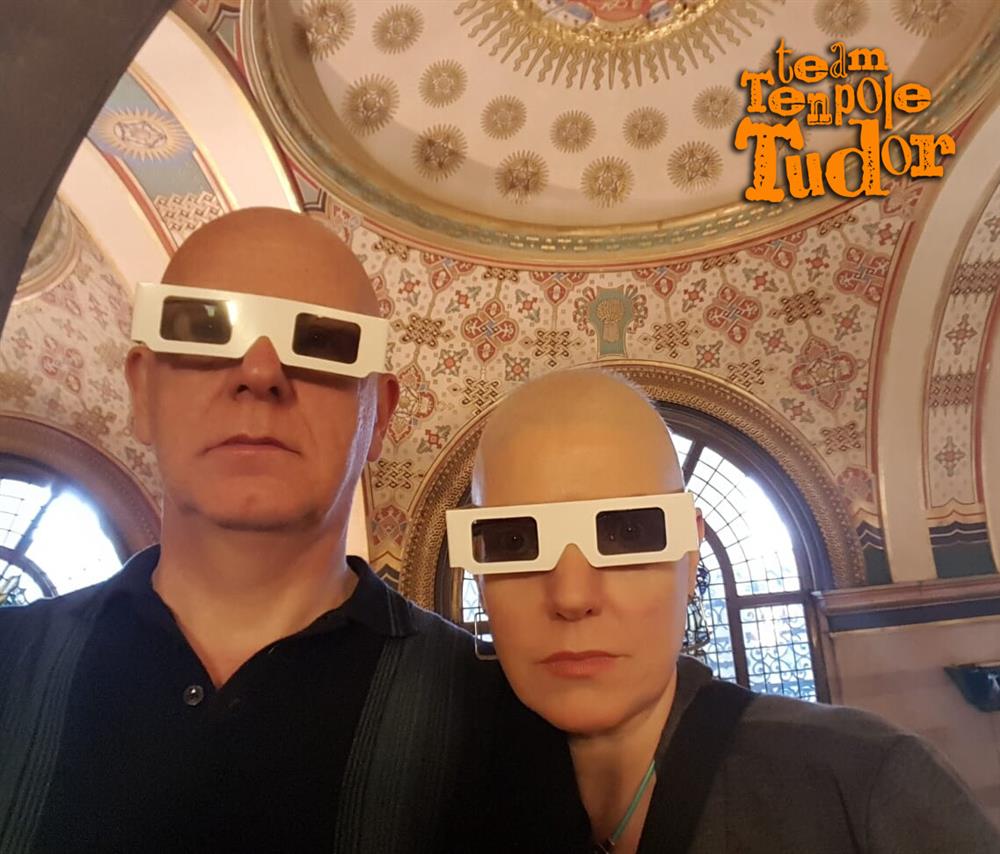


The clarion intro, with its drumroll and its accelerating “me say day-o,” has been parodied countless times. He was also determinedly eclectic at Carnegie Hall concerts in 1959 that were recorded for a live album, he sang “Danny Boy,” “Hava Nageela” and the Mexican song “Cucurrucucú Paloma.” He sang work songs, love songs, spirituals, blues, calypsos and, as early as the 1960s, African music. He was pointed in his selections, insisting on the dignity of the African diaspora.

Like many folk revivalists, Belafonte dug into the folk song archives at the Library of Congress, and he chose songs with full awareness of their historical implications and heritage. He had a genuine connection to Caribbean music after spending childhood years in Jamaica with his Jamaican mother it’s no wonder that he was the one to turn calypso standards into American crossover hits. The movement was filled with attempts to sanitize, sweeten and orchestrate traditional material, and many have not aged well, coming across now as pretentious or kitschy.īut Belafonte arrived with a voice that could be a tender pop croon or a bluesy near-shout. Music was the springboard for Harry Belafonte’s lifework: a career that leveraged cultural recognition toward political goals, and that recognized artistic achievements as both pleasures in themselves and symbols to wield.īelafonte, who died on Tuesday at 96, began his career during the 1950s folk revival, a complicated and earnest moment when traditional songs - American and international - were finding new respect, while the pop mainstream was realizing that the old songs had survived because they were as memorable as any hits.


 0 kommentar(er)
0 kommentar(er)
